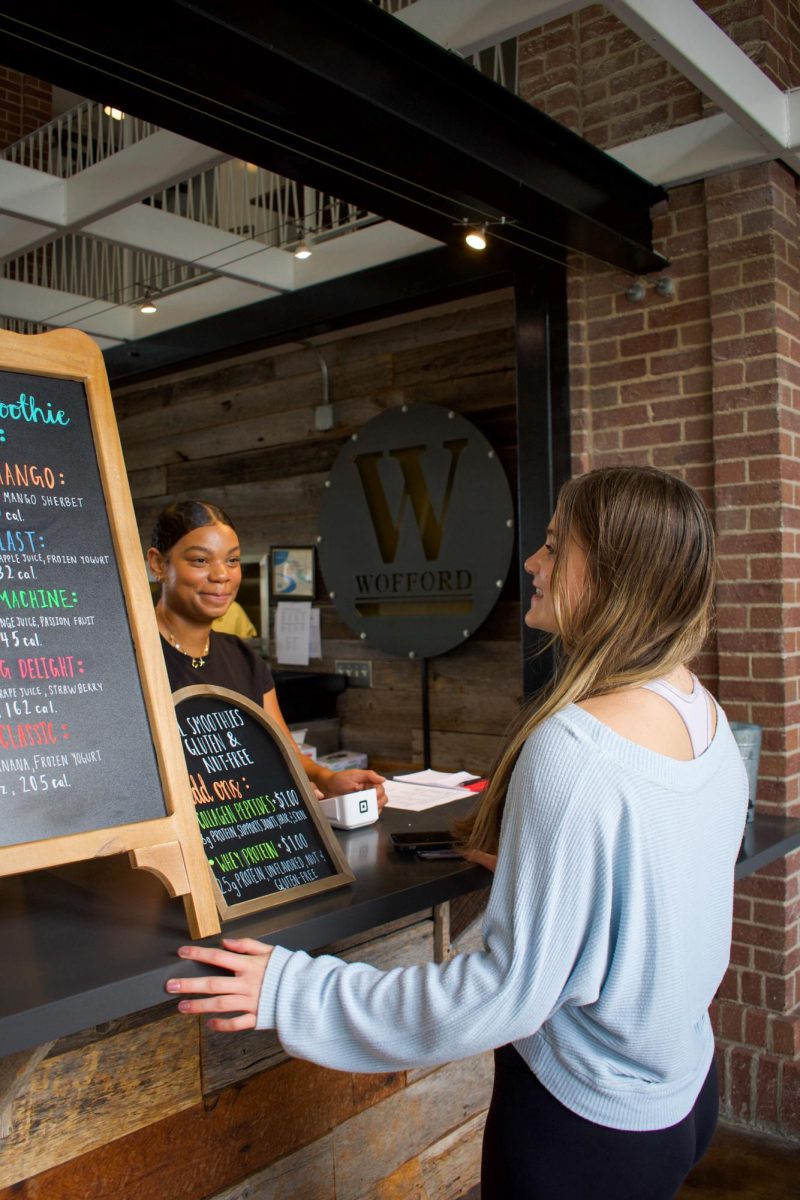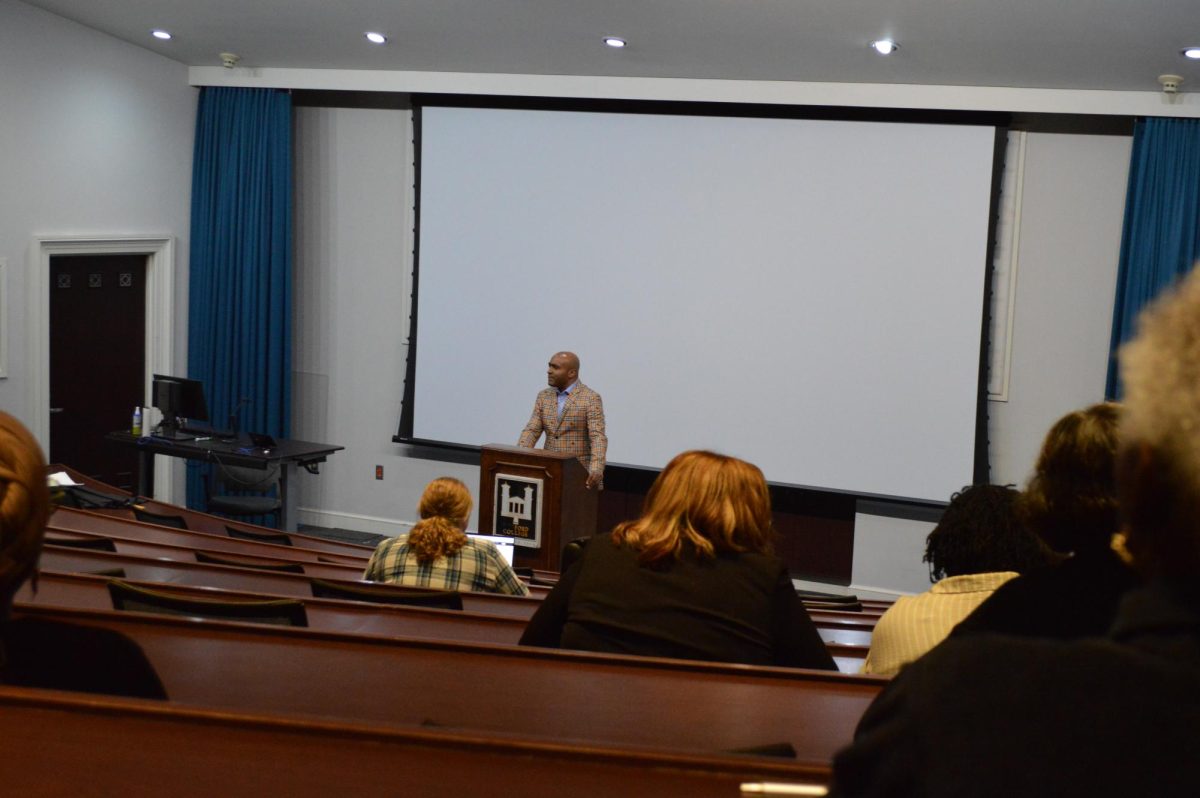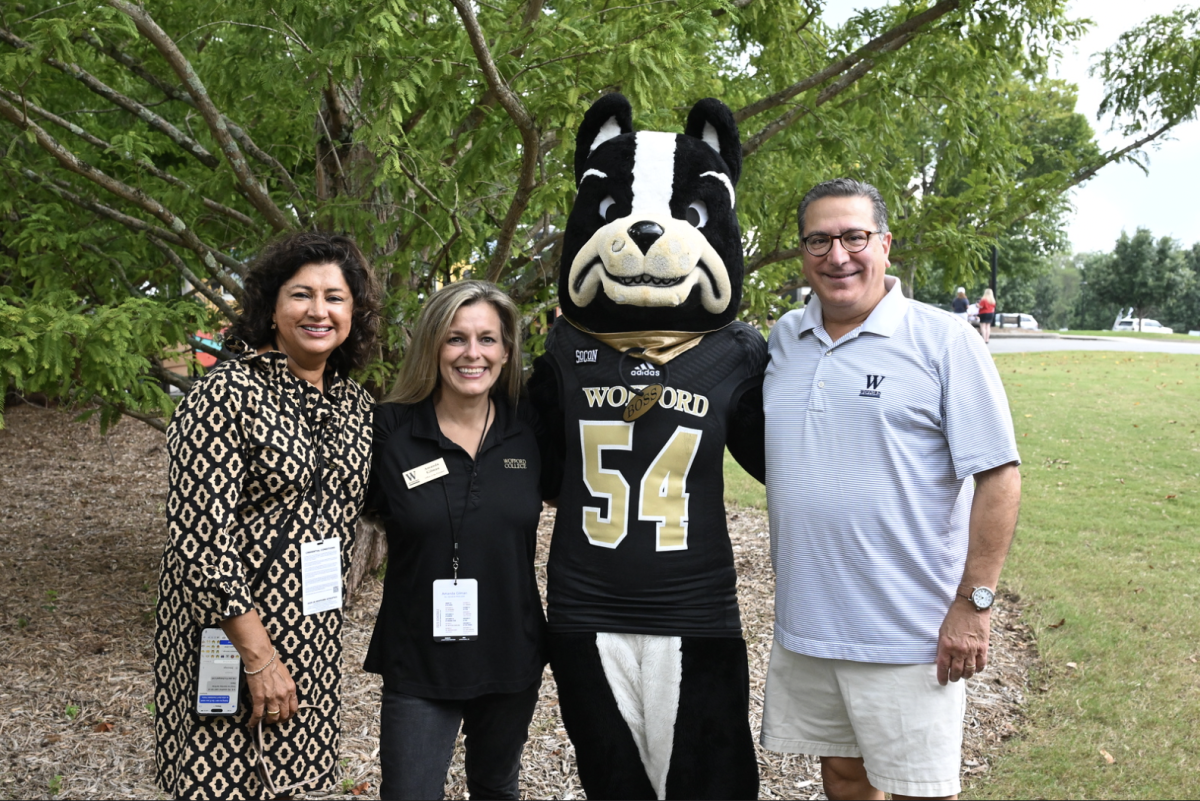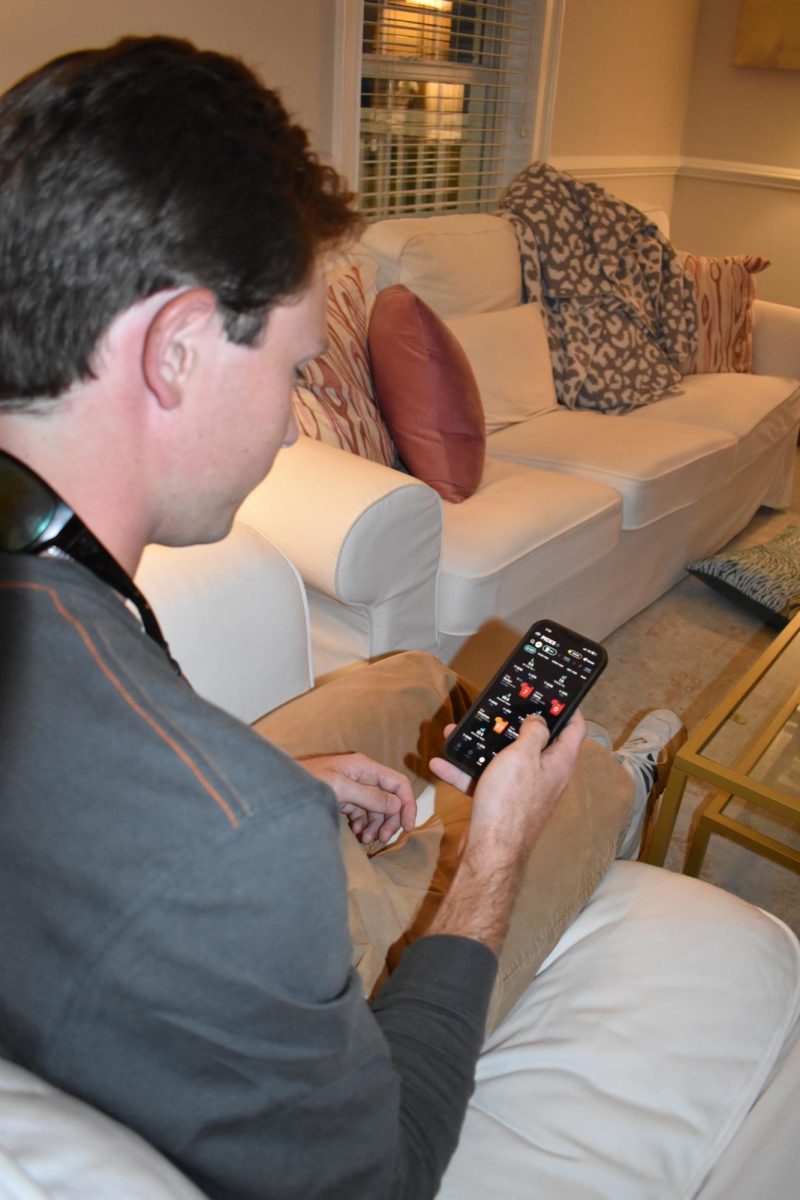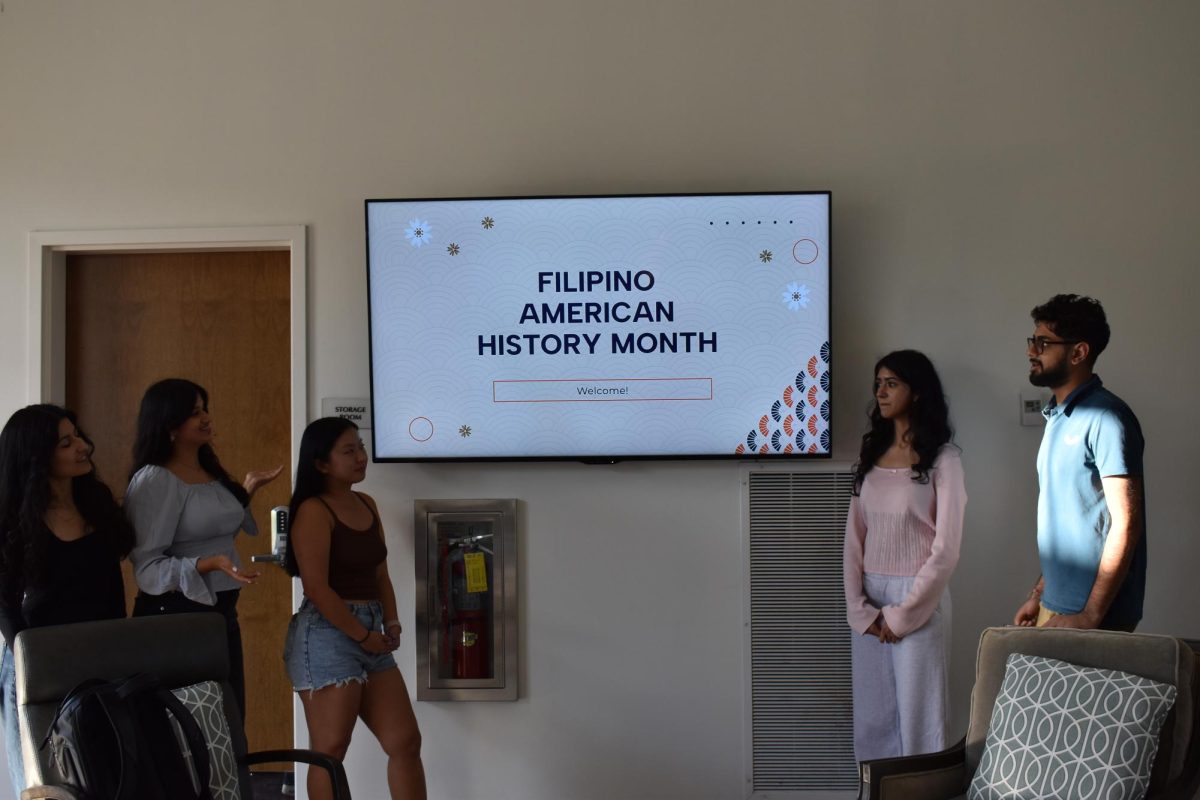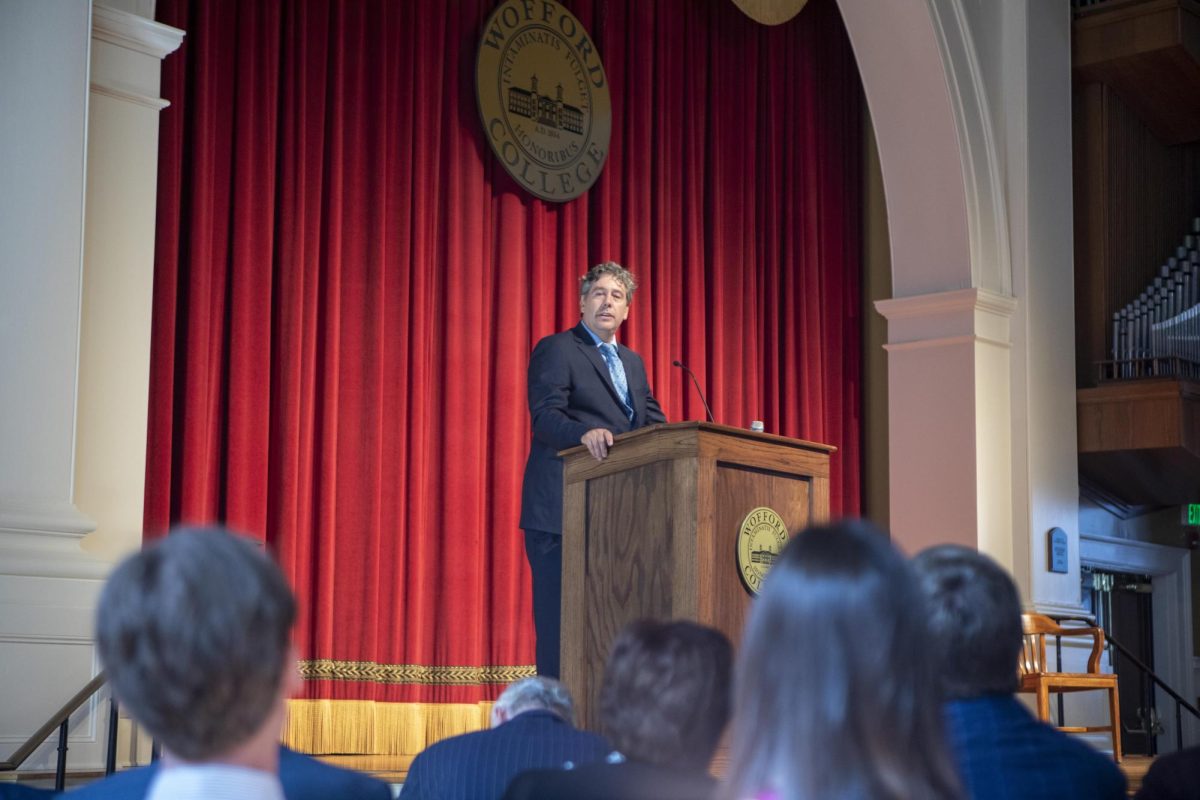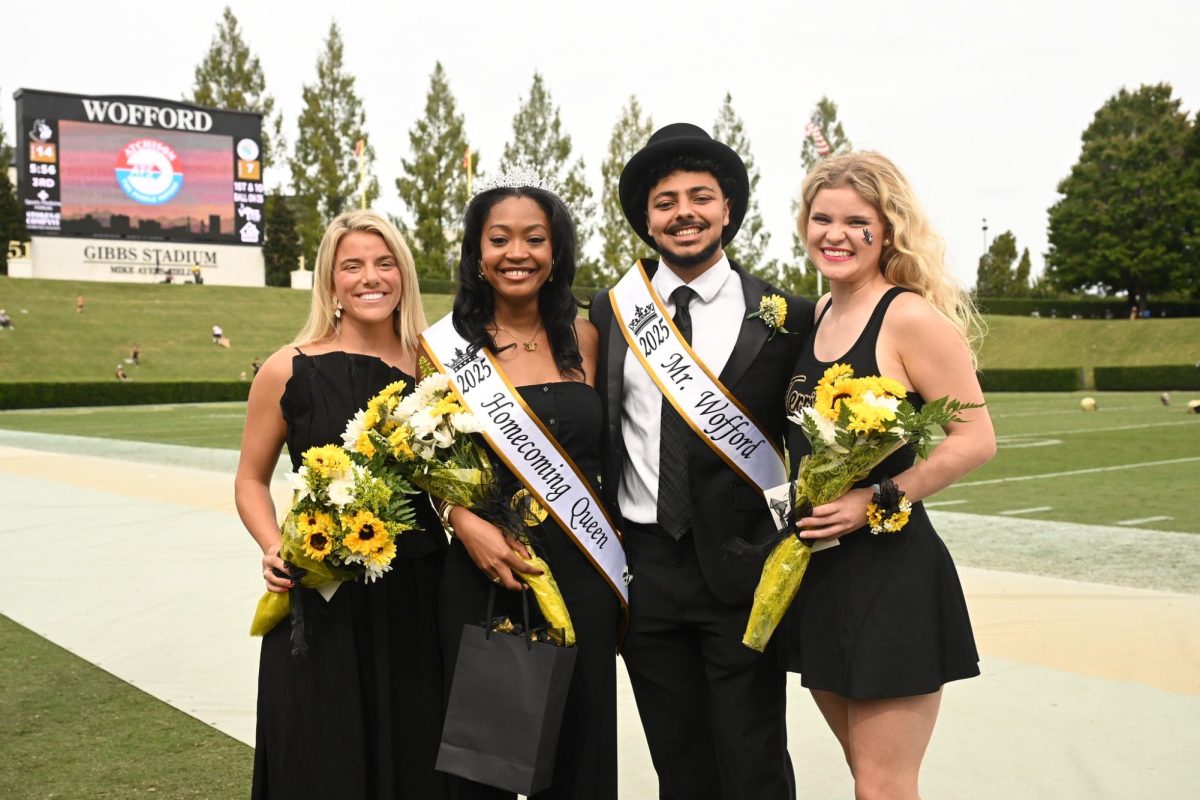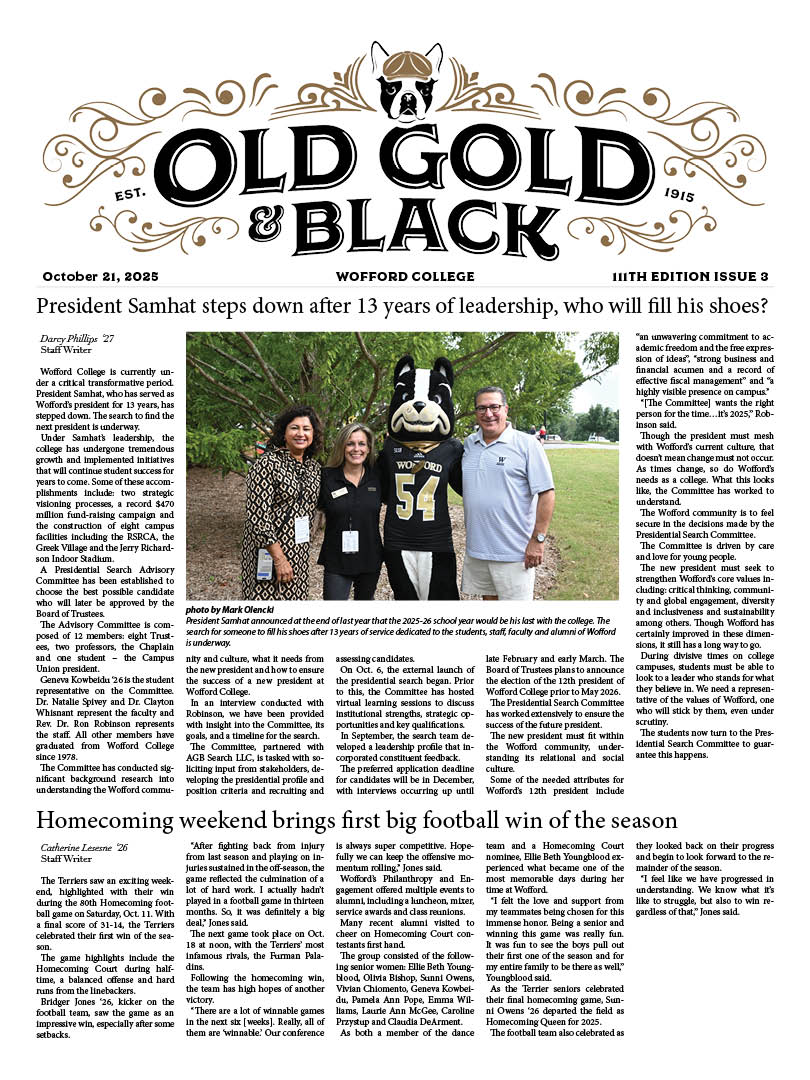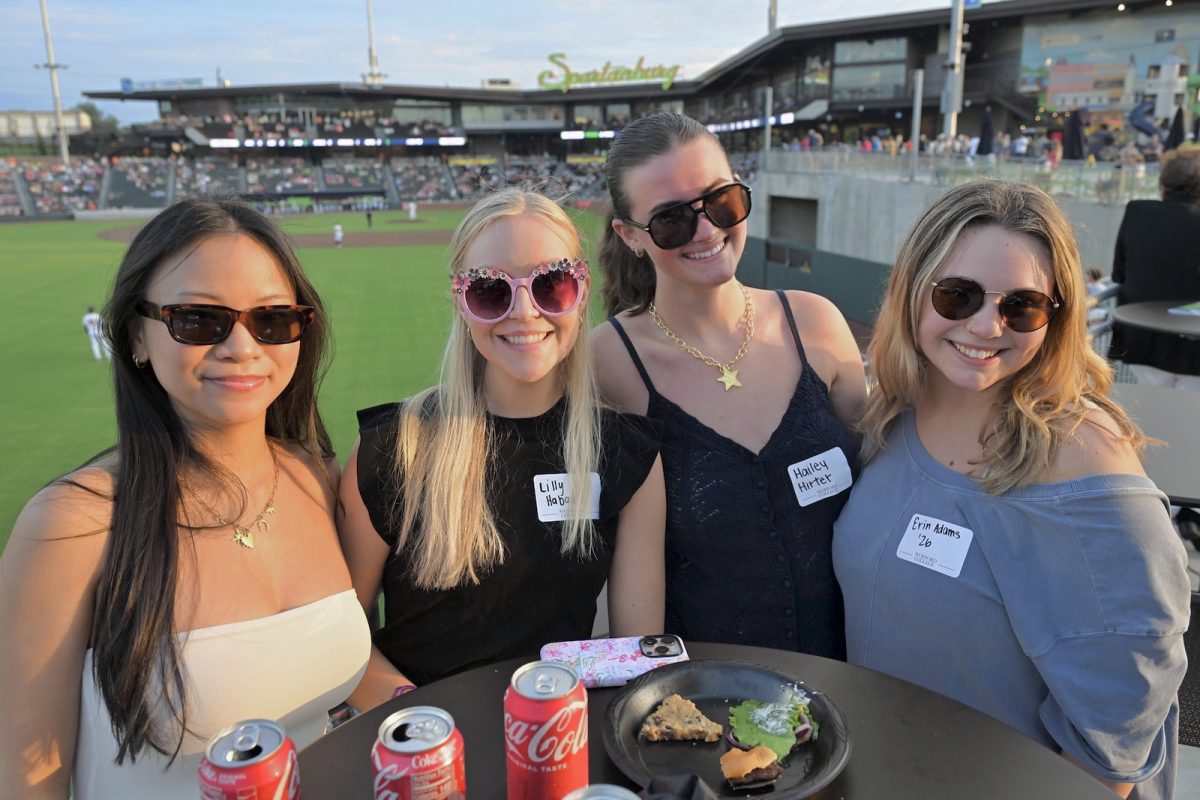By: Steele Smith, senior writer
Mark Olencki, Wofford College’s staff photographer, remembers the exact time he was first introduced to photography.
“It was senior year of high school. I was on the annual yearbook staff, and the staff photographer was a kid new to the area and who was about two years younger than me. One day we were out on an assignment, and I was just watching him and I said, ‘That looks really fun.’ He asked me if I wanted to try, and I did, so he gave me his camera.”
Nowadays, it is nearly impossible for anyone who is a part of the Wofford community to picture Olencki without a Nikon D4 camera and his quintessential tan vest that provides a home for an assortment of equipment. Over the course of a now 47 year career, Olencki’s photography has become an essential and iconic fixture, capturing images of college history and milestones with the precision of a master steeped in his craft.
Olencki continues, saying, “My parents got me a camera in the spring of 1970. In ’71 I came to Wofford, and I had my camera with me all the time.”
A Wofford graduate who earned his BA in Studio Art in an era that preceded the Wofford Studio Art department, Olencki took his major courses at Converse College. As a student, he was a staff photographer for all on campus publications. He would spend hours in the darkroom in the basement of Dupre Residence Hall.
When he graduated, he stayed in the area serving as an adjunct lecturer and teaching continuing education courses in the original Carlisle Residence Hall, which is currently home to the Marsh Hall parking lot. He eventually started his own screen-printing business.
Of his work experience before Wofford, Olencki says, “I’ve only had two real jobs. I worked for three years as a graphic artist for a commercial screen printer in Spartanburg and for a camera store that is no longer here, and then had my own commercial industrial business for 30 years.”
Olencki came back to Wofford in 2008 after being asked by Doyle Boggs, Associate Vice President for Marketing and Communications, to come on staff as the college’s first in-house photographer.
“I said, ‘Let me think about it over night.’ I knew I immediately wanted the job,” says Olencki, reflecting on how, after being self-employed for so long, working at Wofford felt like the right transition. Since 2008, Olencki has maintained his position, growing in his knowledge of photography as Wofford grew as an institution.
Olencki’s career at Wofford can easily be described as comfortable. Through the sheer investment of time, he has developed a closeness with the Wofford community that has allowed his skills to flourish.
Commenting on how important his relationships are to his photography, Olencki says, “To really perform my craft at the highest level, I need to be invited into that inner circle. Once people accept you, they open up; they become more relaxed. Then you start getting the stuff that you need.”
As his connections have spread throughout Wofford, Olencki has shot events and people from all aspects of the college. From behind the set at NBC Studios to Presidential addresses, he has worked to document the successes and the growth of the college.
On his preferences, he says, “It doesn’t matter. I like photography across the board. The only thing that I don’t like is sitting in front of a computer.”
For a man who shoots upwards of 2000 photographs at one Wofford basketball game, one might think that this would be highly problematic. However, Olencki describes editing as the only part of his job that ever feels like work. His philosophy on photography is that what can be done in post is not greater than what can be done while he is shooting.
He describes this idea as, “You have photographers that make good pictures, and you have photographers that take good pictures.”
Olencki dedicates himself to capturing his images as authentically as possible. He prefers his subjects to be relaxed and calm, as they would be if the camera were not there.
He studies the work of others, from famous 20th century American photographers such as Edward Weston, to prominent magazine photographers for Forbes’ and GQ. While he prefers the bygone eras just like he loves classic rock and roll, Olencki has an unrelenting passion for continuing to grow as artist and looking at new methods and styles.
Of the new Richardson Indoor Stadium he says, “I’ve got at least a good six to eight years of investigating that environment and having fun in it.”
“After 40 plus years of shooting, I’ve exceeded all the goals I’ve had before. Now it’s just tweaking,” he says, regarding the fulfillment he feels through his career. In terms of what he’s thinking for the future, he says, “I haven’t travelled a lot. Maybe I’ll get out and see a little bit more of the world.”
In a world that that constantly places pressure on artists to diverge from the pursuit of their passions, Olencki has defied those demands in spectacular fashion. His work as photographer has sealed moments in the college’s history, and the Wofford community has been made stronger as the result of his efforts.

